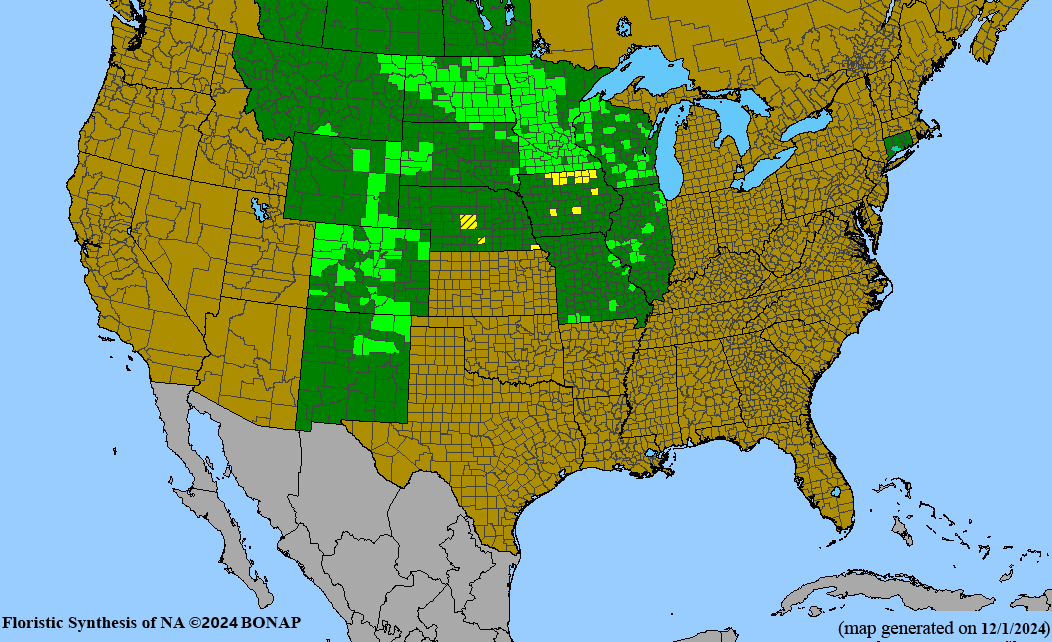Showy Milkweed
Showy milkweed (Asclepias speciosa) is a native flowering plant species of North America, commonly found in the western half of the continent. It belongs to the Apocynaceae family, which also includes other milkweeds, dogbanes, and oleanders.
Description:
Showy milkweed is a perennial plant that typically grows 1.5 to 5 feet tall. It has large, oval-shaped leaves that are 3 to 8 inches long and 1 to 4 inches wide. The leaves are a bluish-green color and have prominent veins. The stems are erect and hairy.
Flowers:
The flowers of showy milkweed are rose-colored to purple and are clustered in round umbels that are 3 to 4 inches across. Each umbel contains 10 to 40 flowers. The individual flowers are about ½ inch long and have five petals that fuse at the base to form a tube. The horns are long and pointed.
Bloom time:
Showy milkweed blooms in late summer, typically from July to September.
Habitat:
Showy milkweed is found in a variety of habitats, including meadows, prairies, roadsides, and open woods. It prefers full sun to partial shade and dry to moist soils.
Range:
Showy milkweed is native to North America, where it is found from British Columbia and Alberta south to California and New Mexico.
Pollinators:
Showy milkweed is an important food source for many pollinators, including butterflies, bees, and hummingbirds. It is also a host plant for the monarch butterfly.
Ecological importance:
Showy milkweed is an important part of the prairie ecosystem. It provides food and shelter for many pollinators and other insects. It also helps to control erosion and prevent the spread of invasive plants.
Conservation:
Showy milkweed is a declining species due to habitat loss and pesticide use. It is important to protect and restore showy milkweed populations to ensure the continued survival of this important species.
Additional points of interest:
- Showy milkweed is a larval host plant for the monarch butterfly, which is a declining species in North America.
- The milky sap of showy milkweed can be toxic to humans and animals if ingested.
Asclepias speciosa, commonly known as showy milkweed, is a native flowering plant species of western North America. Its native range extends across a significant portion of the western United States and southern Canada. Here's a detailed breakdown of the states and provinces where Asclepias speciosa is native:
United States:
Arizona
California
Colorado
Idaho
Iowa
Kansas
Minnesota
Montana
Nebraska
Nevada
New Mexico
North Dakota
Oklahoma
Oregon
South Dakota
Texas
Utah
Washington
Wyoming


